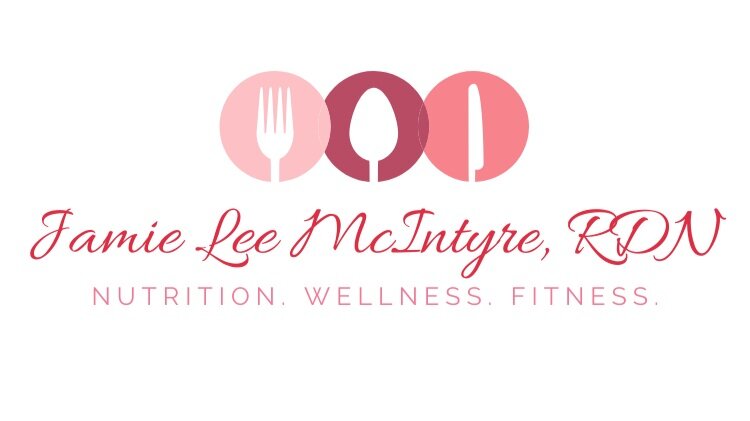How to Increase Your Metabolism Naturally
Metabolism is the process your body uses to turn food into energy—fueling everything from breathing and blinking to running errands and hitting the gym. While genetics plays a role (we all know someone who seems to burn through everything they eat), there are still plenty of habits you can adopt to give your metabolism a boost.
1. Build and Maintain Lean Muscle
Muscle tissue burns more calories than fat, even at rest—so the more muscle you have, the more energy your body uses every day.
Strength train 2–4 times per week. Incorporate resistance exercises like lifting weights, bodyweight workouts, or resistance bands.
Stay consistent. Maintaining muscle as you age helps counteract the natural decline in metabolism that happens over time.
Pair with cardio. Aerobic activity helps burn calories during exercise, while strength training keeps your calorie burn higher even after your workout ends.
2. Avoid Extreme Dieting and Skipping Meals
Severely restricting calories can actually slow your metabolism. Your body is wired for survival—when it senses a “famine,” it becomes more efficient at conserving energy, which means burning fewer calories.
Eat balanced meals. Aim for 3 meals per day with 1 serving from 3–4 food groups (fruits, vegetables, protein, dairy, grains).
Add balanced snacks. 1–2 snacks combining 2 food groups can keep your energy steady.
Stick to a steady schedule. Eating every 4–4.5 hours helps keep your “internal engine” running and prevents blood sugar dips that lead to overeating.
Aim for moderate calorie deficits. About 500 calories less per day can safely lead to roughly 1 pound of weight loss per week.
3. Move More Throughout the Day
Beyond planned workouts, simply increasing your daily movement can help boost calorie burn.
Take short walks between meetings.
Stand and stretch every hour if you sit at a desk.
Opt for stairs instead of elevators when you can.
Small bursts of activity add up over time and keep your metabolism humming.
4. Enjoy Coffee, Tea & Spices—But Don’t Rely on Them
Green tea, coffee, and spicy foods like chili peppers can slightly raise metabolism, but not enough to offset excess calories. Think of them as flavor and energy boosts—not metabolism magic.
The Bottom Line
You don’t have to overhaul your entire routine to support a healthy metabolism. Build lean muscle, stay active, eat balanced meals at regular intervals, and avoid extreme dieting. These small, consistent habits can help your body burn calories more efficiently—so you feel energized all day long.

